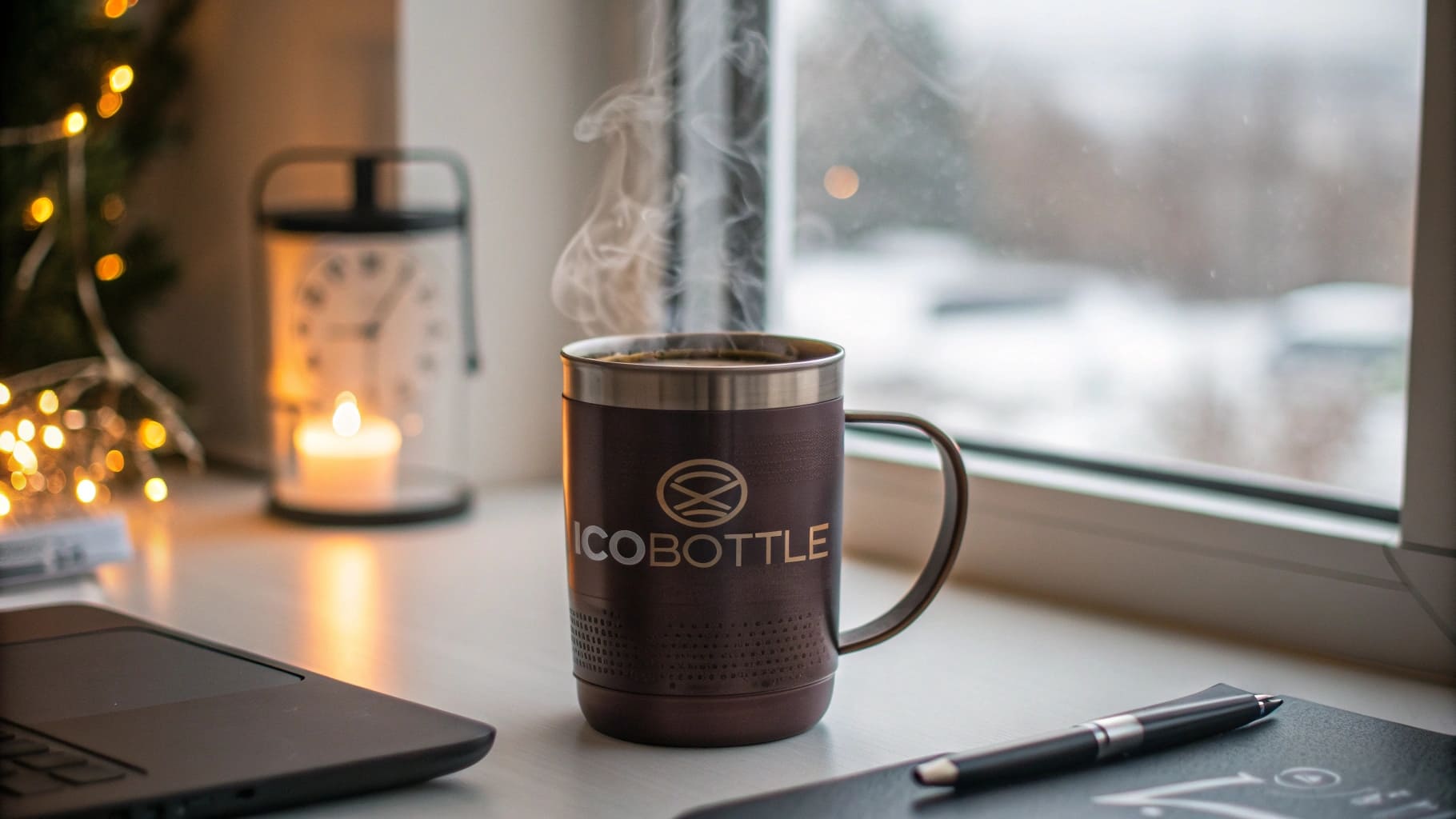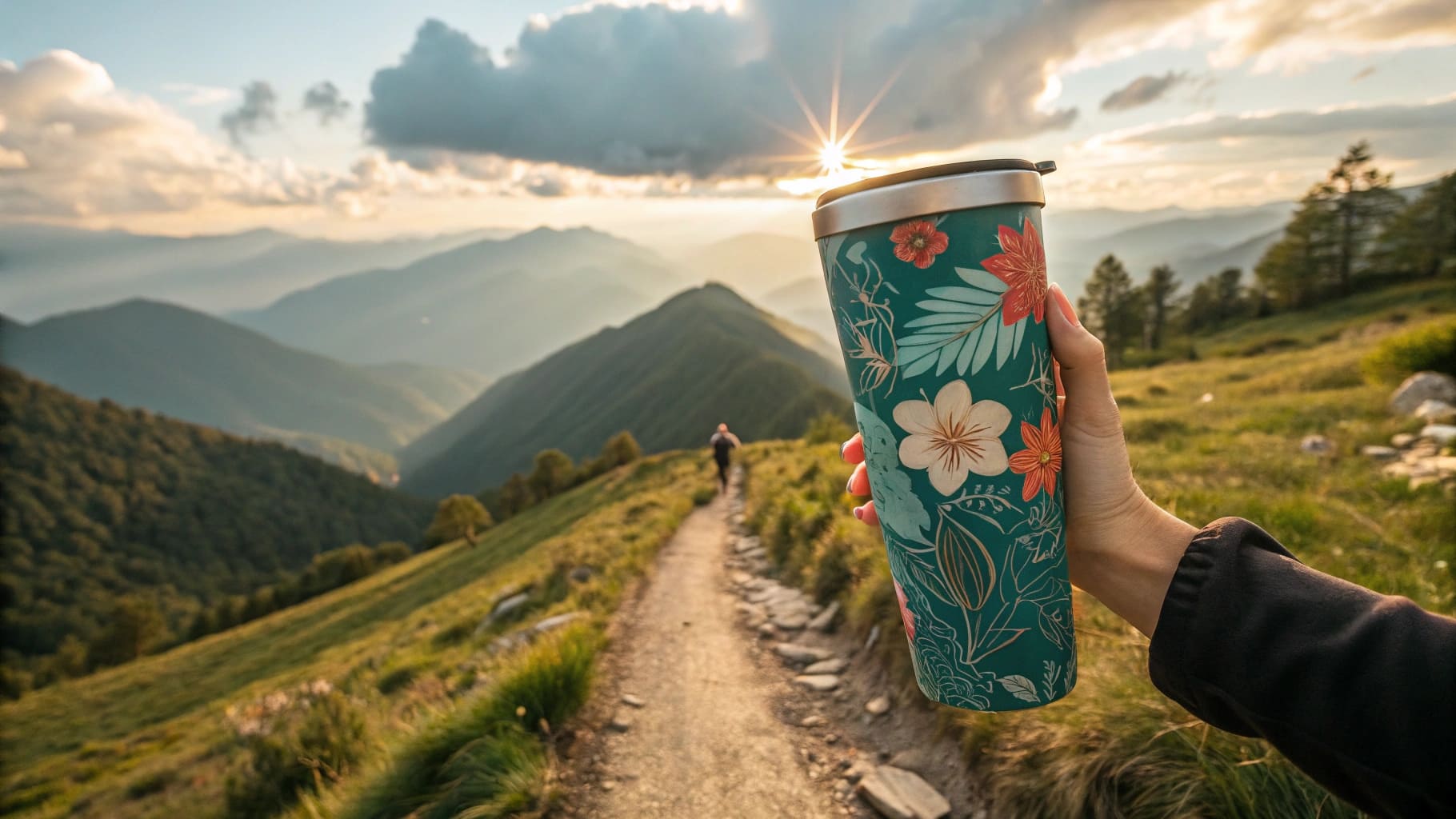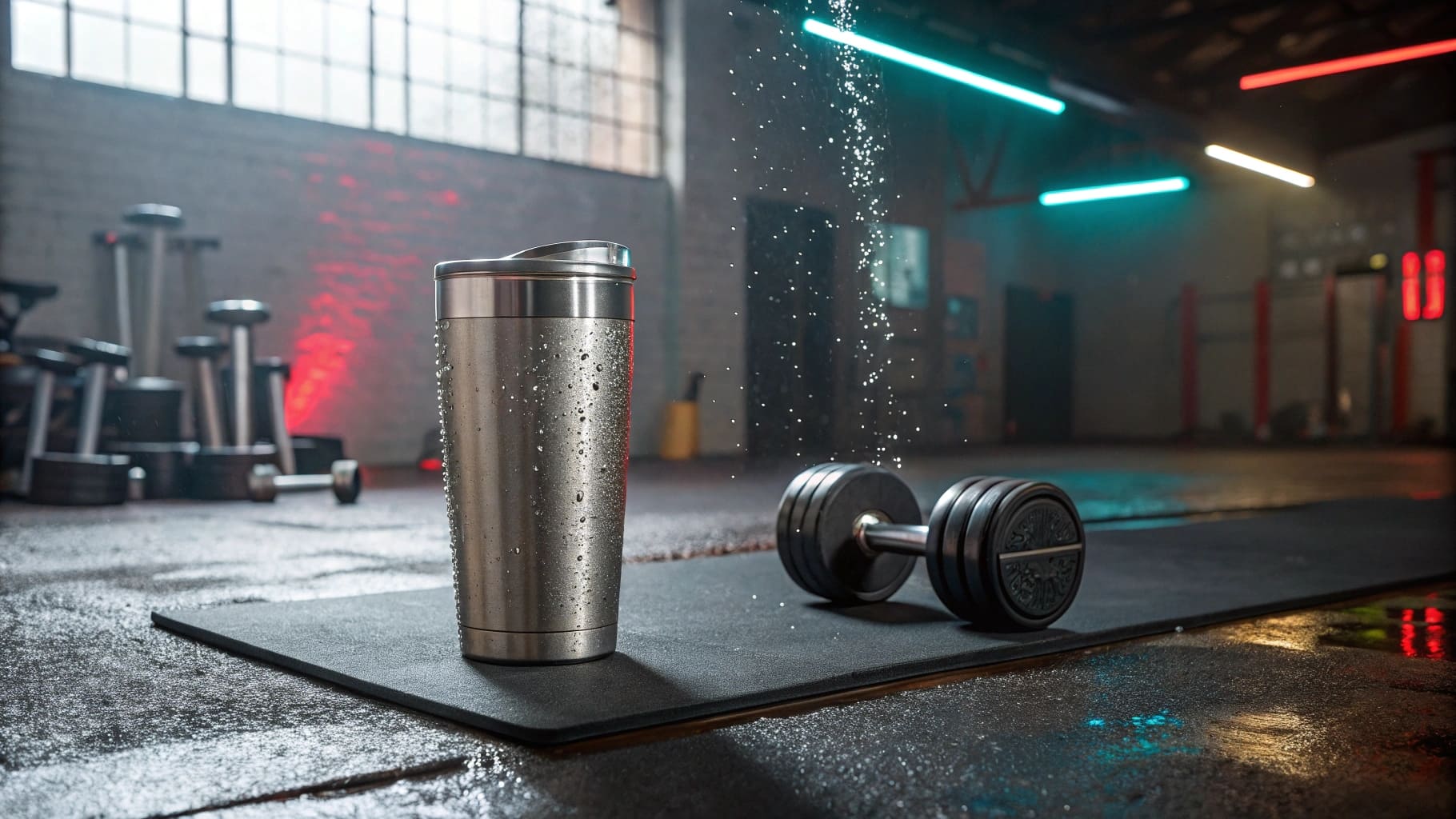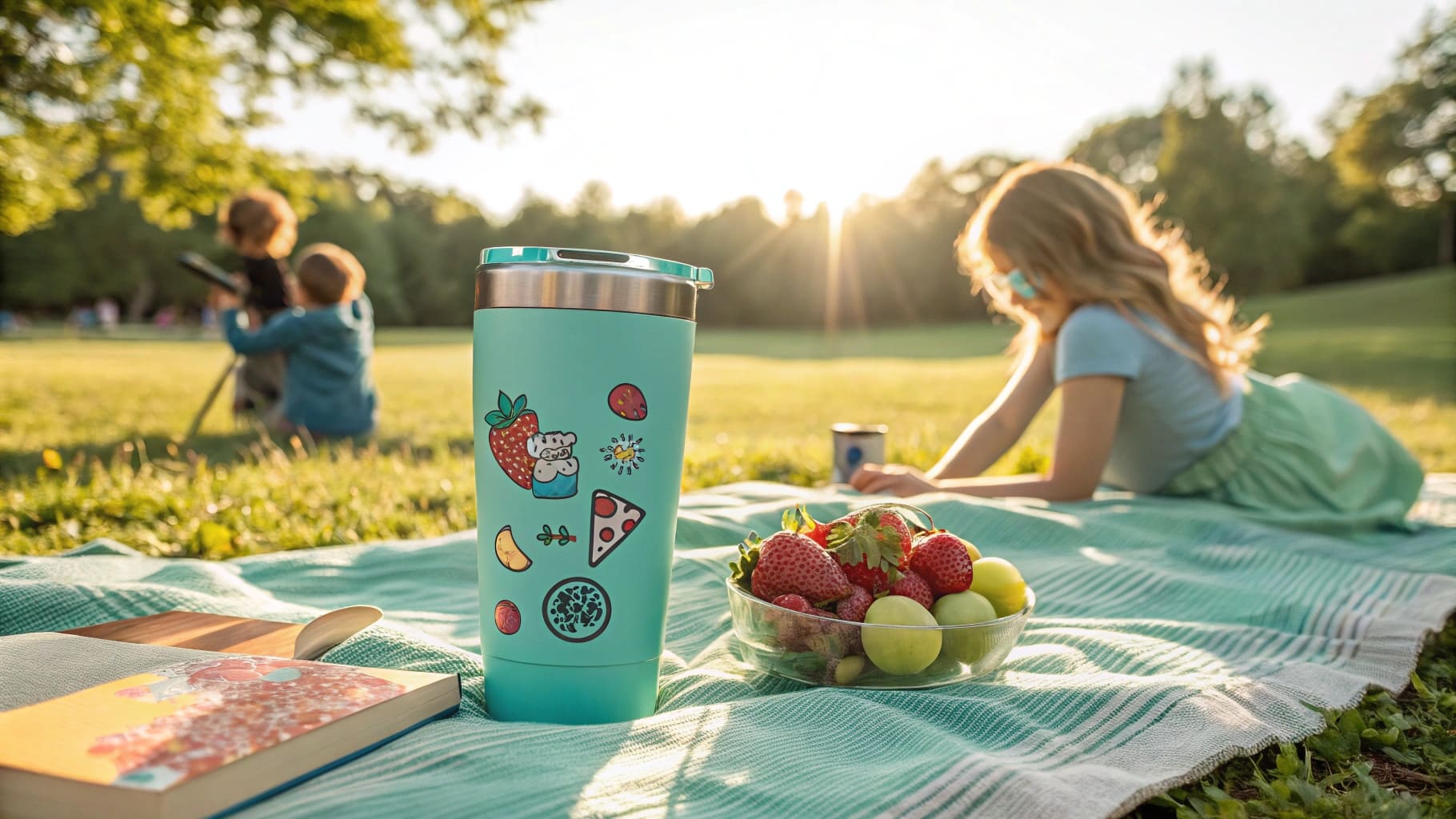Choosing wrong tumbler sizes costs sales. Customers need specific sizes for drinks. Match ounces to beverages for success.
To pick the right tumbler size, consider what your customers drink and how. Hot drinks often use 12-16 oz. Cold drinks and all-day hydration might need 20-40 oz. Understanding this helps your B2B selection.

Selecting the right tumbler size seems simple, but it’s key for your business. As a B2B buyer, like Mark Shenng who sources from China, you know details matter. Let’s explore how to pick sizes that truly meet customer needs and boost your sales. This understanding is vital.
How do you measure tumbler size?
Unsure how tumbler sizes are measured? This causes order mistakes. Get clear on measurement to avoid issues.
Tumbler size is mainly measured by its liquid capacity, usually in fluid ounces (oz) or milliliters (ml). This tells you how much drink it holds. Physical dimensions like height and diameter are also important for fit.

Measuring tumbler size is more than just one number. It involves understanding both how much it holds and its physical shape. As a supplier at Icobottle, I always stress this to my clients.
Understanding Volume Capacity
The main way we measure is by volume. This is usually in fluid ounces (oz) or milliliters (ml). For example, a "20 oz tumbler" should hold 20 fluid ounces. It's important to clarify if this is to the brim or a comfortable fill line. When we manufacture tumblers, we provide these specifications. This helps buyers like Mark make informed choices for their inventory. Clear capacity details prevent misunderstandings later.
Key Physical Dimensions
Beyond volume, physical dimensions are key. These include height, top diameter, and base diameter. The base diameter is especially crucial. Many end-users, like the commuters Mark Shenng sells to in Canada, want tumblers that fit car cup holders. A difference of a few millimeters can matter. We often provide detailed spec sheets with all these dimensions. This ensures the tumblers you order will meet practical needs.
Why Accuracy Matters for B2B Buyers
For B2B buyers, accurate measurements prevent costly mistakes. Imagine ordering thousands of tumblers that don't fit the intended use or promotional purpose! Consistent measurements also build trust for repeat orders. Mark always emphasizes this for his Canadian market. He needs products that match his listings exactly. This attention to detail in measurement helps ensure smooth transactions and happy end customers.
Here's a quick guide to common measurements:
| Measurement Type | Unit | Importance |
|---|---|---|
| Liquid Capacity | oz / ml | Tells you how much drink the tumbler holds. |
| Height | inches/cm | Affects storage and if it fits under coffee machines. |
| Base Diameter | inches/cm | Crucial for fitting car cup holders and stability. |
| Top Diameter | inches/cm | Impacts drinking comfort and lid compatibility. |
How much liquid fits in a tumbler?
Stated tumbler capacity misleading sometimes? Customers get upset. Know usable vs. brimful capacity for clarity.
A tumbler fits its advertised volume, like 20 oz or 30 oz. But, usable space can be less with ice, a lid, or if you don't fill it to the very top. Consider this for practical use.

The amount of liquid a tumbler holds can be tricky. What's advertised isn't always what your customer can practically use. This is a common point of confusion I address with my B2B clients.
Advertised vs. Usable Capacity
Most tumblers are marketed with their brimful capacity. This means the volume if you filled the tumbler to the very, very top. But nobody uses a tumbler like that in real life. You need some space to prevent spills, and the lid itself takes up some room. Usable capacity is the realistic amount of drink it holds. I always try to clarify this with clients like Mark. For example, a 20 oz tumbler might have a usable capacity closer to 18-19 oz.
The Impact of Ice and Lids
Ice is a big factor, especially for cold drinks. Ice can take up a lot of space. A 30 oz tumbler filled with ice might only hold 20 oz or even less of actual liquid. This is important for customers who love icy beverages. Lids, especially those with complex slide closures or deep seals, can also reduce the available volume slightly. It's a small detail, but it contributes to the difference between advertised and usable capacity.
Practical Examples for Beverage Types
Consider this: a 16 oz tumbler is great for hot coffee. You usually don't add ice, so most of the space is for the drink. But for an iced tea in a 20 oz tumbler, ice might take up 4-6 oz of the volume. So, the customer gets about 14-16 oz of tea. For businesses like Mark's in Canada, whose customers often want large cold drinks, choosing a tumbler with a higher advertised size ensures end-user satisfaction. They get enough drink and enough ice.
Here's how advertised size often translates to usable liquid:
| Advertised Size (oz) | Beverage Type | Approx. Usable Liquid with Ice/Lid (oz) | Why it Matters for B2B Sales |
|---|---|---|---|
| 16 | Hot Coffee/Tea | 14-15 | Enough for a standard hot drink, minimal space loss. |
| 20 | Iced Coffee/Tea | 12-15 | Accounts for a good amount of ice and the lid. |
| 30 | Cold Drinks/Water | 20-25 | Good for hydration with plenty of ice. |
| 40 | Max Hydration | 30-35 | For those who want fewer refills, even with ice. |
Understanding this helps you choose inventory that truly meets your customers' volume expectations.
What is the best size for a tumbler?
Can't decide the "best" tumbler size? Wrong choices hurt sales. The "best" size matches users and drinks.
There's no single "best" tumbler size. It depends on your customer. Commuters might want slim 20-30 oz sizes. Office workers may prefer 16-20 oz. Match the size to their lifestyle and drink preferences for best results.

Finding the "best" tumbler size isn't about one perfect option. It's about what's best for your specific customers and how they'll use the tumblers. As a supplier at Icobottle, I often guide B2B clients like Mark Shenng to think through these factors.
Matching Size to Beverage Type
Different drinks naturally call for different tumbler sizes. A standard cup of hot coffee or tea is often around 8-12 oz, so a 12 oz, 16 oz, or even a 20 oz tumbler works well, allowing for milk or extra room. For iced tea, lemonade, or smoothies, where you'll likely add ice, larger sizes like 20 oz, 24 oz, or 30 oz are more suitable. For all-day hydration, especially water, people are now loving 30 oz, 32 oz, and even 40 oz tumblers. We offer customization on all these sizes.
Considering End-User Lifestyle
Think about who will ultimately use the tumbler. A commuter often prefers a tumbler around 20 oz to 30 oz, especially one with a slim base that fits securely in a car cup holder. Mark’s customers in Canada, for instance, appreciate this feature. An office worker might like a more compact 16 oz or 20 oz tumbler that doesn't take up too much desk space. If your target customers are into fitness or spend a lot of time outdoors, larger capacity tumblers (30 oz to 40 oz) that require fewer refills are great. For kids, smaller, lighter 8 oz to 12 oz tumblers are more appropriate.
Popular Sizes and Their Appeal
Currently, I see 20 oz and 30 oz tumblers as very popular choices in the market. The 20 oz tumbler is incredibly versatile for both hot and cold beverages, making it a safe bet for many B2B orders. The 30 oz tumbler is a big hit for cold drinks, water intake, and longer journeys. We're also seeing a significant rise in demand for 40 oz tumblers, driven by the hydration trend. For B2B importers, offering a range that covers these popular sizes, perhaps with custom logos or colors, is a smart strategy.
Here’s a quick reference to help you decide:
| Tumbler Size (oz) | Primary Use Case | Target User Example | Why it Works |
|---|---|---|---|
| 12-16 | Hot beverages | Daily coffee/tea drinker, office worker | Standard serving, easy to carry, fits under brewers. |
| 20 | Versatile hot/cold | Student, general use, moderate coffee drinker | Good balance of capacity and portability. |
| 24-30 | Cold drinks, hydration | Commuter, gym-goer, busy professional | Fits ice well, many are cup-holder friendly (slim base designs). |
| 40+ | All-day hydration | Health-conscious individual, outdoor enthusiast, long shifts | Minimizes refills, maximum liquid capacity. |
By carefully considering these aspects, you can select a range of tumbler sizes that will resonate well with your target market.
Conclusion
Choose tumbler sizes by beverage, user lifestyle, and true capacity. This helps B2B buyers like you maximize sales and satisfy customers effectively.

